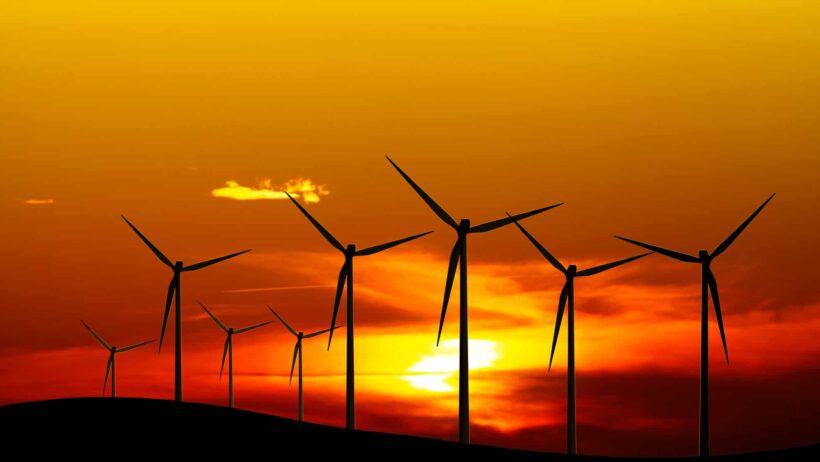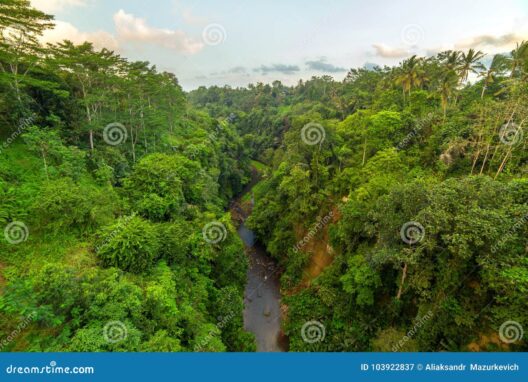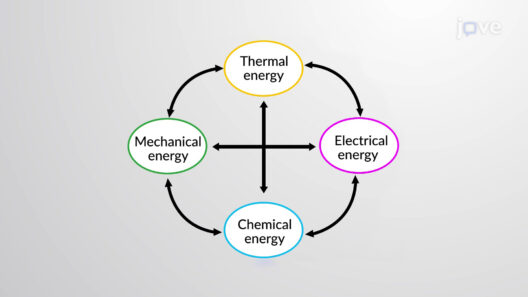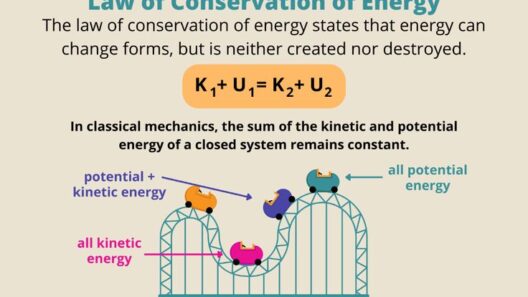Energy is an intrinsic component of all ecosystems, and its management is crucial for understanding ecological dynamics. At first glance, one might ponder whether energy is conserved in these complex biotic systems. To dissect this query, we must first explore how energy flows through an ecosystem, delineating the principles that govern its transformation and dissipation.
At the foundational level, sunlight acts as the primary energy source for most ecosystems. Through photosynthesis, autotrophs—primarily plants, algae, and some bacteria—convert solar energy into chemical energy. This energy conversion is accomplished via chlorophyll, a pigment that captures light. The result of this photonic acquisition is glucose, a vital substrate that sustains various life forms. Thus, the journey of energy begins with the sun, illustrating the dependence of ecosystems on solar input.
Once energy is stored in the form of glucose, it forms the basis of the food web. This web consists of producers and consumers. Producers, or autotrophs, form the base; consumers can be classified into primary, secondary, and tertiary consumers, depending on their position in the food chain. Energy transfer between these trophic levels is not infinitely efficient; the ten percent rule postulates that only about 10% of the energy from one trophic level is transferred to the next. The remainder is lost as metabolic heat—a byproduct of respiration and other biological processes.
The thermodynamic laws provide a robust framework for understanding energy conservation within ecosystems. First lies the law of energy conservation, which states that energy cannot be created or destroyed; it can only be transformed from one form to another. In ecosystems, energy transformations are ubiquitous: light is converted into chemical energy by plants, which is subsequently changed into kinetic energy as animals move and metabolically transform it into heat. Nevertheless, the second law of thermodynamics introduces an element of inevitability—the dispersal of energy generally leads to increased entropy, implying that energy, while conserved in total, becomes less organized and available for work as it moves through the ecosystem.
Within this context, one might question: does this mean energy is lost to the ecosystem? Indeed, energy is continuously dissipated as it flows through various forms of life. As organisms consume energy, they utilize it for growth, reproduction, and maintenance of homeostasis. During these processes, energy is never fully conserved in a usable form; it is invariably transformed into less organized forms, primarily heat. Therefore, while energy is not lost wholly to the ecosystem, its availability diminishes progressively as it transitions through the food web. This phenomenon accentuates the precarious balance within ecosystems, where the amount of energy captured and transformed determines the sustainability of various species.
The efficiency of energy transfer between trophic levels can vary dramatically based on several factors. For instance, ecosystems with a high biodiversity tend to exhibit more complex interactions that can optimize energy cycling. In contrast, monocultures may not utilize energy as efficiently because of the lack of interaction among various species. The presence of keystone species can further influence energy dynamics; these are species that have a disproportionately large effect on their environment relative to their abundance. Their interactions can bolster energy flow and enhance overall ecosystem resilience.
The significance of energy conservation can also be underscored through the lens of ecological succession—the process by which ecosystems change and develop over time. In early stages, energy flows may be relatively inefficient due to a lack of diversity and stability; however, as communities mature, energy cycling becomes more intricate and sustainable. Observing succession in action reveals how successful energy conservation strategies can lead to flourishing ecosystems capable of persisting through external stressors.
Human-induced alterations pose significant threats to energy dynamics within ecosystems. Deforestation, urbanization, and pollution are altering the ways energy flows between various ecological components. By disrupting habitats and diminishing biodiversity, such changes can destabilize food webs and, consequently, the intricate balance of energy transfer. For instance, overfishing drastically alters marine food webs, resulting in decreased energy availability for higher trophic levels.
Conversely, sustainable practices aim to restore and enhance energy conservation within ecosystems. Initiatives like agroecology, reforestation, and wetland restoration have been shown to improve energy efficiency and ecological resilience. By mimicking natural processes, these methods ensure that energy flow is optimized while promoting biodiversity. The restoration of natural landscapes can facilitate improved energy cycling and help mitigate the effects of climate change.
In conclusion, the question of whether energy is conserved within ecosystems leads to a nuanced understanding of ecological processes. Energy is neither lost nor wholly preserved; rather, it undergoes continuous transformation within a complex network of interactions. While total energy within an ecosystem is conserved according to thermodynamic laws, its availability and organization diminish over time due to inefficiencies of transfer and external perturbations. By appreciating these intricate dynamics, we can foster greater respect for natural systems and encourage the adoption of practices that promote energy conservation and ecological integrity.








